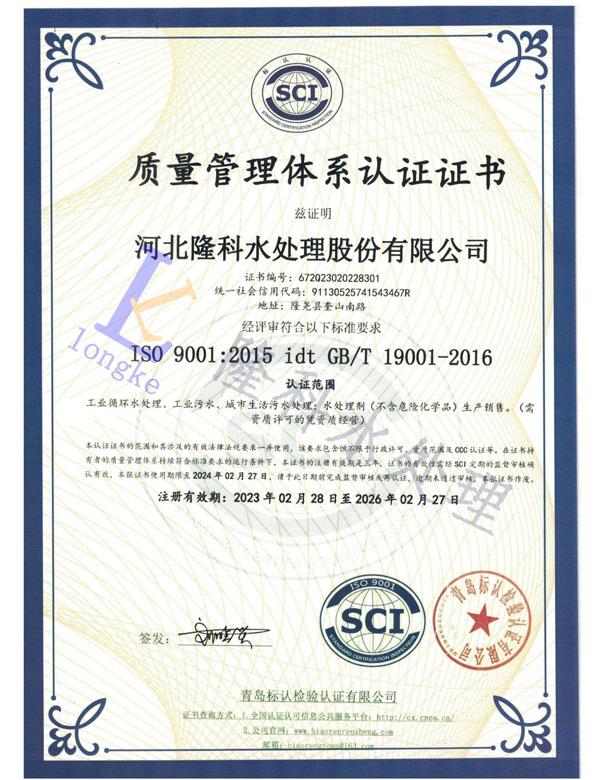Exploring PAC Poly Aluminum Chloride Uses and Benefits in Water Treatment Applications
Understanding PAC Poly Aluminum Chloride
Poly Aluminum Chloride (PAC) is a widely utilized coagulant in water treatment processes, known for its efficiency and versatility. As an inorganic polymer, PAC plays a significant role in municipal water treatment, industrial applications, and wastewater management. This article aims to explore the composition, functionality, and benefits of PAC in various contexts.
What is Poly Aluminum Chloride?
PAC is a synthetic aluminum compound that is produced by the neutralization of aluminum hydroxide with hydrochloric acid. The resulting product is a highly effective coagulant that can vary in composition based on the ratio of aluminum oxide and aluminum chloride. It is typically available in solid or liquid form and can be tailored to suit different applications, ranging from drinking water purification to industrial wastewater treatment.
Mechanism of Action
The effectiveness of PAC lies in its mechanism of action. When added to water, PAC dissociates to release aluminum ions. These ions neutralize the negative charges of suspended particles, causing them to clump together (a process known as flocculation). The aggregated particles, or flocs, can then be removed more easily from the water through sedimentation or filtration. This process not only helps in removing turbidity but also reduces the levels of organic and inorganic substances, including heavy metals.
Applications in Water Treatment
One of the primary applications of PAC is in drinking water treatment facilities. It is capable of efficiently removing impurities such as sediments, bacteria, and particulates, ensuring that the water meets safety standards. Moreover, PAC is effective over a wide pH range, making it suitable for various water sources. Its use leads to better water quality and minimizes health risks associated with contaminants.
pac poly aluminum chloride

In industrial settings, PAC is often used in processes where water needs to be treated before reuse or discharge. This is particularly important in industries such as paper manufacturing, textiles, and food processing where water quality can directly impact product quality and environmental compliance. By using PAC, companies can reduce their environmental footprint while ensuring the efficient recycling of water.
Environmental Impact and Safety
A notable advantage of PAC over traditional coagulants like aluminum sulfate is its reduced environmental impact. PAC requires lower dosages to achieve the same results, which can lead to less sludge production during the treatment process. Therefore, facilities using PAC can benefit from lower operational costs and reduced maintenance needs due to less frequent sludge disposal.
Additionally, PAC is considered safer for both human health and the environment. Its lower residual aluminum levels minimize the risk of toxicity, thereby addressing concerns related to aluminum accumulation in water systems. Regulatory bodies often favor PAC for its safety profiles, making it a popular choice in areas with strict water quality regulations.
Conclusion
Poly Aluminum Chloride is a vital compound in the field of water treatment, offering an array of benefits that enhance the efficiency and safety of water purification processes. Its ability to effectively coagulate particles while being environmentally friendly makes it a preferred choice for both municipal and industrial applications. As water scarcity and pollution continue to pose challenges globally, the adoption of effective treatment solutions like PAC will play a crucial role in ensuring sustainable water management practices.
In summary, PAC stands out not only for its performance in enhancing water quality but also for its positive environmental implications. As research and technology continue to advance, PAC's role in water treatment is likely to expand, paving the way for innovative solutions to tackle global water challenges.
-
Pbtc Scale InhibitorPBTC: A Scale Protector for Industrial Water TreatmentNewsAug.05,2025
-
Organic Phosphonate: An Efficient Defender in the Field of Scale InhibitionNewsAug.05,2025
-
Hydrolyzed Polymaleic Anhydride: Green Pioneer in Scale Inhibition FieldNewsAug.05,2025
-
PAPEMP Polyamino Polyether Methylene Phosphonic Acid For SaleNewsAug.05,2025
-
Flocculant Water Treatment: A Pioneer in Purification in the Field of Water TreatmentNewsAug.05,2025
-
Benzyl Isothiazolinone: An Efficient and Broad-Spectrum Antibacterial Protective GuardNewsAug.05,2025





